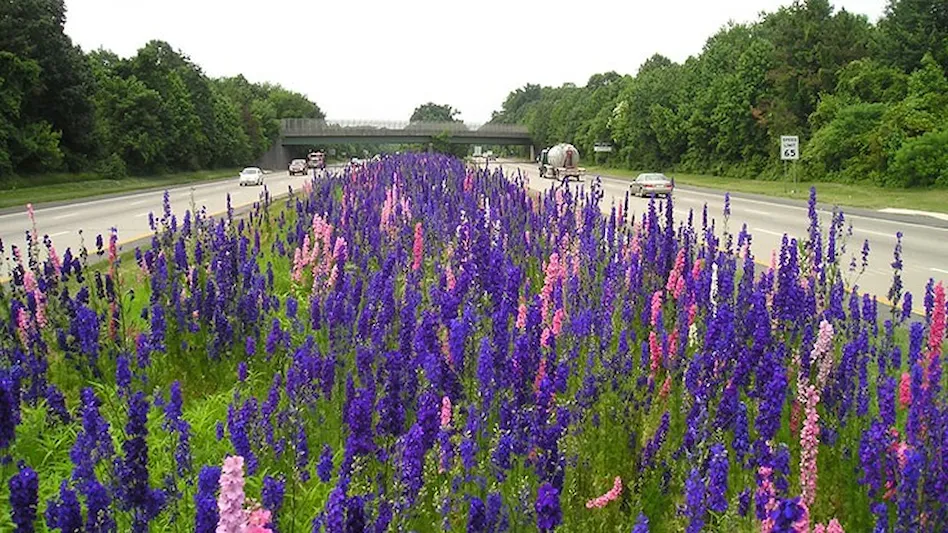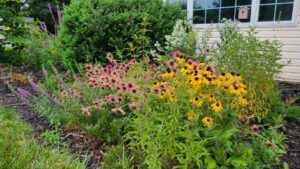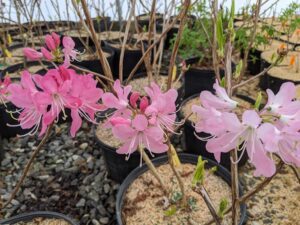The Native Plant Movement by Bill Jones

The importance of native plants and their role in sustaining our natural environment is recognized from the international level, down to the folks in your neighborhood. There are significant actions, laws, ordinances and efforts taking place on a global scale encouraging and sometimes mandating the use of native plants.
In 2012, the International Union for The Conservation of Nature held a conference involving over 10,000 people representing over 200 governments and governmental groups, as well as 1,000 non-governmental organizations. The resulting resolution, “Child’s Right to Connect with Nature and to a Healthy Environment” speaks to the importance of providing unimpeded access to the natural world for our children. It states, “Growing up in a healthy environment and connecting children with nature is of such a fundamental importance for both children and the (future of) conservation of nature and the protection of the environment, that it should be recognized and codified internationally as a human right for children.” These delegates are striving to get this included in the UN Convention on the Rights of the Child that went into effect in 1990 (ratified by every member of the UN except the United States). All of this comes down to ensuring children’s access to a healthy and sustainable natural world. Preserving native and indigenous habitat is a vital part of this effort. 
In 2017, New Jersey Governor Chris Christie signed into law the requirement that the State Department of Transportation, Turnpike Authority and the South Jersey Transportation Authority use only native vegetation for landscaping, land management, reforestation and habitat restoration.
In March 2019, New Jersey Republican Sen. Kip Bateman’s legislation to establish the “Jersey Native Plants Program” to promote the sale of native vegetation at local garden centers, unanimously passed the Senate Environment Committee. Bateman’s bill would create the “Jersey Native Plants Program” in the Department of Agriculture. The program would promote the sale of plants that are native to the Garden State at local garden centers and nurseries.
So far, the Ohio Department of Transportation’s statewide effort to create pollination habitats has resulted in 120 wildflower fields off its highways, with dozens more planned over the next three years. These laws and legislative efforts provide a framework that other states can easily use to promote the use of native plants too. These movements started with local citizens working with and educating their representatives to the advantages and benefits of native plants in the landscape.
Communities large and small are getting involved in promoting native plants, too. A quick search comes up with various ordinances that are in place, models of them from leading organizations, law schools and consultants, including critiques. In 1981, The City of Scottsdale (population 250,000) adopted its Native Plant Ordinance. It has been amended through the years to increase specificity and accommodate the growth of the municipality. The last amendment in 2000 ensured the long-term protection of thousands of additional native plants. Scottsdale determined that the presence of these unique natural resources contributes to the aesthetic and economic well-being of the community. 
Local landscaping ordinances encourage the use of native plants, including Los Angeles; Ann Arbor, Mich.; Newtown, Pa.; and Brevard, N.C. Templates for local ordinances encouraging native plants are easy to find. Grow Native, Audubon Pennsylvania, Levin College of Law and more provide examples for interested parties to read through and utilize.
Habitat preservation and restoration in landscaping can also be found in the construction industry. The Sustainable SITES Initiative and LEED building standards of the U.S. Green Building Council all recommend and encourage the use of native plants. These programs are separate but can also be used in conjunction. Both are based on an award or point system determining what level the project can attain. Preserving and utilizing native plants in design and construction are an integral part of the landscape points available in both programs. It’s wise to gain some awareness about these initiatives before one of your clients need your help. It won’t be long before they do.
Don’t you think all of these efforts and actions continue to raise native plant awareness among our customers? More people are talking about pollinators, monarchs are in the news constantly, and bird and wildlife lovers are interested in creating native habitat on their property. People are realizing that activism at any level will achieve results and they are getting involved. Many in our industry already are involved.
Opinions expressed are those of the author and do not necessarily represent the views of GIE Media, Inc.

Bill Jones is president of Carolina Native Nursery in Burnsville, N.C., a specialty grower of native shrubs, perennials ferns, and grasses. www.carolinanativenursery.com
